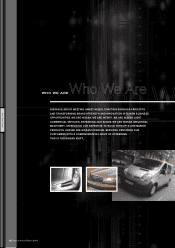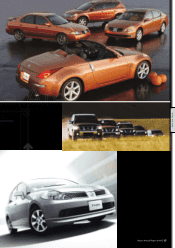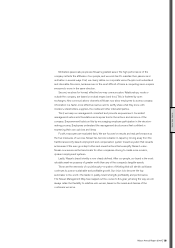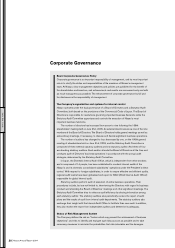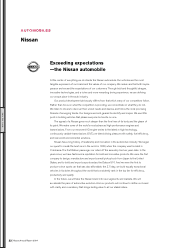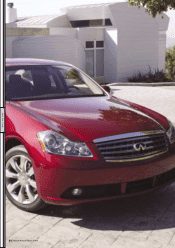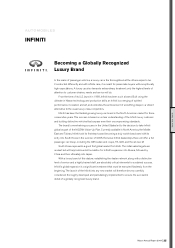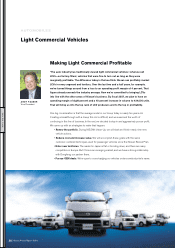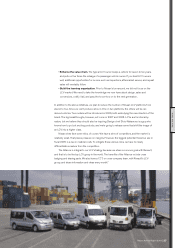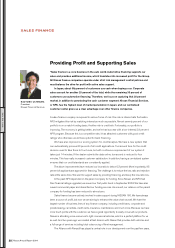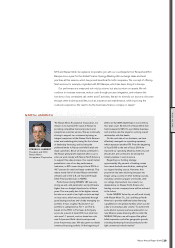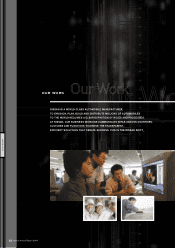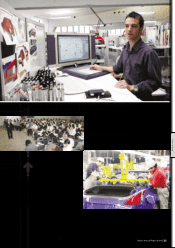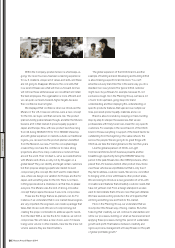Nissan 2005 Annual Report Download - page 28
Download and view the complete annual report
Please find page 28 of the 2005 Nissan annual report below. You can navigate through the pages in the report by either clicking on the pages listed below, or by using the keyword search tool below to find specific information within the annual report.
Nissan Annual Report 2004
26
Light Commercial Vehicles
ANDY PALMER
Vice President
WHO WE ARE
Making Light Commercial Profitable
AUTOMOBILES
“The auto industry has traditionally viewed light commercial vehicles—what we call
LCVs—as factory-fillers; vehicles that were fine to turn out as long as they were
marginally profitable. The difference today is that we think Nissan can profitably market
LCVs in every segment and territory. Over the last two and a half years, for example,
we’ve turned things around from a loss to an operating profit margin of 4 percent. That
figure already exceeds the industry average. Now we’re committed to bringing LCVs
into line with the other areas of Nissan’s business. By fiscal 2007, we plan to have an
operating margin of eight percent and a 40 percent increase in volume to 434,000 units.
That will bring us into the top rank of LCV producers and to the top in profitability.
One big consideration is that the average model in our lineup today is nearly ten years old.
Creating a breakthrough with a lineup this old is difficult, and we examined the worth of
continuing in this line of business. In the end, we decided to stay in and aggressively pursue profit.
We came up with six strategies to make that happen:
• Renew the portfolio. During NISSAN Value-Up, we will start and finish nearly nine new
vehicle actions.
• Reduce cost and increase value. We will accomplish these goals with the same
customer-centered techniques used for passenger vehicles since the Nissan Revival Plan.
• Enter new territories. The market in Japan is flat or trending down, and there are many
competitors in Europe. But China is an emerging market, and we have a strong relationship
with Dongfeng, our partner there.
• Pursue OEM deals. We’re open to cross-badging our vehicles under somebody else’s name.


